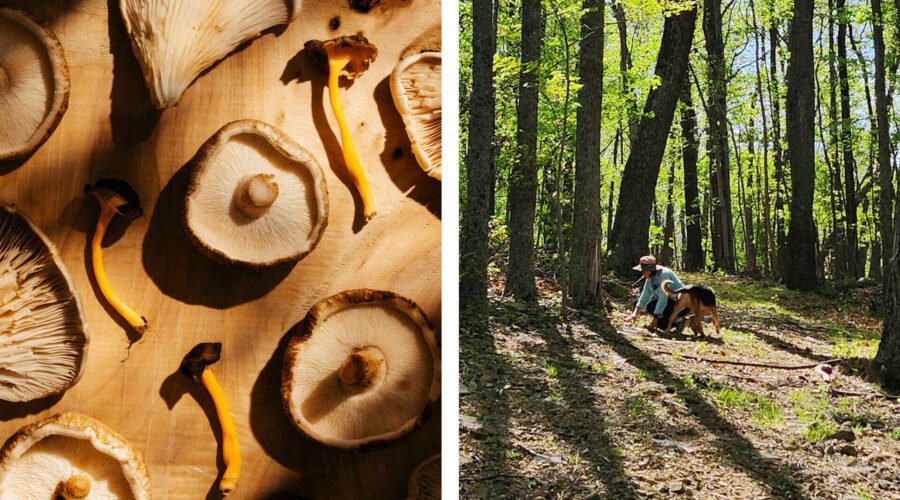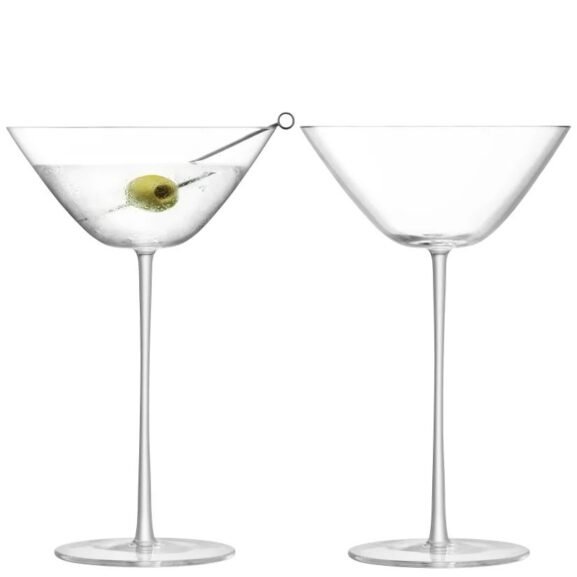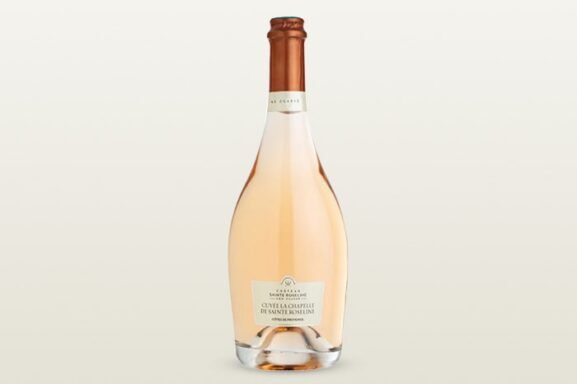The Whimsical World of Fungi-Foraging Winemakers
It’s bud break in the vineyards and the winemakers are out in the forests. They’re not here for grapes growing wild, or for early intel on the season ahead. They’re here for something else, something entirely delicious. They are hunting wild edible mushrooms, and especially morels.
Shane Moore, winemaker at Oregon’s Gran Moraine, has been foraging mushrooms since childhood. His grandparents—Depression-era dairy farmers in Idaho—inculcated the family into the tradition. Now, when the phone rings around the first of May and Moore’s parents say, “they’re on; it’s happening,” Moore packs up and makes the 10-hour drive into the Idaho hills to hunt morels.
In past years, he has gathered morels by the gallon. In 2016, his most memorable year, Moore hit an area that burned during a wildfire and pulled in about 20 pounds a day, multiple days in a row. This year has been cold so far, and Moore’s season hasn’t really yet started—except for the three he gathered from his backyard.
Though it’s a family ritual to hunt morels, that’s not the only reason Moore forages. In fact, he sees mushroom foraging as a natural habit of winemakers.
“Most of my friends who are winemakers and foragers are just super into food and sourcing our own food. Getting out into nature isn’t by any means foreign to us,” says Moore. “And, we have boots.”
Certainly, both winemaking and foraging can be dirty work. In the West, foragers who hunt for morels at the site of a wildfire burn often come home covered in stripes of ash. Hunting morels, porcini and chanterelles can mean hours of clambering through Pacific Northwest rainforests or climbing the East’s Blue Ridge Mountains, just to come up with a basket or two of mushrooms. But most foraging winemakers feel it’s well worth it.
“It also has to do with where we live—generally rural areas that are conducive to finding fungi—even in eastern Washington,” says Moore. From Gran Moraine’s vineyard on the western edge of the Willamette Valley’s Yamhill-Carlton American Viticultural Area (AVA) Moore can drive less than 30 minutes and be in prime chanterelle country.
“At the end of the day, people that produce wines are most often people with an extreme reverence for the novel, for connections to place and connections to each other,” says Moore. “We cook, often produce our own meats and vegetables, as well as drink—we are gatherers and producers.”
Also in the Pacific Northwest, John Abbott, co-founder and winemaker for Devona in Washington, is an avid forager. He especially looks for morels, chanterelles and boletes, which are known in the culinary world as porcini. Abbott been hunting mushrooms since he was just six or seven, when his dad enrolled the family in a class at a community college on the Oregon coast.

“It was something that my mom and I did together all the way through high school, kind of a great way to bond and spend time together and get some exercise,” says Abbott. Today, he sees a correlation between winemaking and foraging. “Winemakers who really have a passion spend a lot of time in the vineyard,” he says. “They’re outside and they’re walking around, and they’re observing things. I think all those are kind of the same type of thing that you get enjoyment out of foraging for mushrooms. It’s kind the adventure of understanding your surroundings and enjoying it.”
Abbott indeed understands his surroundings, so much that, in one day in the Blue Mountains of eastern Oregon, he and three friends—including Jean-François Pellet, winemaker at Pepper Bridge Winery in Washington—each filled three to four shopping bags full of morels.
In Virginia, winemaker Christine Vrooman, of Ankida Ridge Vineyards, hunts oyster mushrooms, chanterelles, chicken of the woods and, this past year, lion’s mane. Morels, however, remain the ultimate—and hardest to find—prize.
“I have ascertained over my years of foraging that morels are particularly suited for certain terroirs, just as grapes are,” says Vrooman. “Pinot Noir does not do well in the lower, damp, warmer terrains, and it seems morels are the opposite. Pinot loves dry, well-drained soils with cooler temps; morels seem to prefer the damp, lowlands and up on this mountainside—we do not have an abundance of those types of sites.”

But Vrooman has plenty of trees with which morels are mycorrhizal—aka have a symbiotic relationship with—such as tulip poplar, sycamore and ash. Still, she says, morels are sparse where she is. When they do pop up, it’s a contest as to who will find them first—the winemaker or the wildlife.
“But I will tell you, when I do find that occasional morel, I nearly squeal with delight and surprise,” says Vrooman. “Morel hunting is the ultimate treasure hunt.”
An hour and a half northeast of Vrooman, but still in Virginia, Luca Paschina, Barboursville Vineyards’ resident winemaker since 1990, is a well-known forager.
Paschina grew up foraging with his father in Italy. But the mushrooms they commonly picked up among the conifers in the Alps were not the same ones he primarily picks stateside. Amanita caesarea, for example, is a highly-appreciated mushroom in Italy, where it is known as ovolo or ovolo buono. It’s far less commonly gathered in the U.S. Upon his arrival stateside, Paschina began reading up on and studying mushrooms to learn what was edible, what wasn’t and what was prized.
Then, one day while walking through the winery, he overheard a customer saying, “you know, this Cabernet Franc would taste delicious with porcini.” It stopped Paschina in his tracks.
“You know mushrooms?” he asked the customer. Soon, Paschina had new pack of foraging friends. They’ve been doing a morel lunch and dinner at the winery ever since 1999.

Paschina says it’s natural to find similarly fungi-obsessed folk in the wine business. “They’re more exposed to, and have an appreciation for, what is grown and what comes from the earth,” says Paschina. During their winemaking travels, they’ve been exposed to fine and unique foods, too, including many mushrooms not commonly found in the markets.
Today, chanterelles, milkcaps and honey mushrooms are among the mushrooms Paschina harvests on the regular. He is so well known for his foraging passions—and his ability to find morels—that people sometimes try to find his spots. Paschino is one step ahead of them, though.
If you secretly follow him through the woods hoping to learn a thing or two, he might crouch down in an area that doesn’t have mushrooms and pretend to cut morels—just to throw you off track. Winemakers may make excellent foragers, but apparently there’s no guarantee they’ll share their bounty with you.
Our two cents? Offer up a bottle of vino, and hope for the best.


